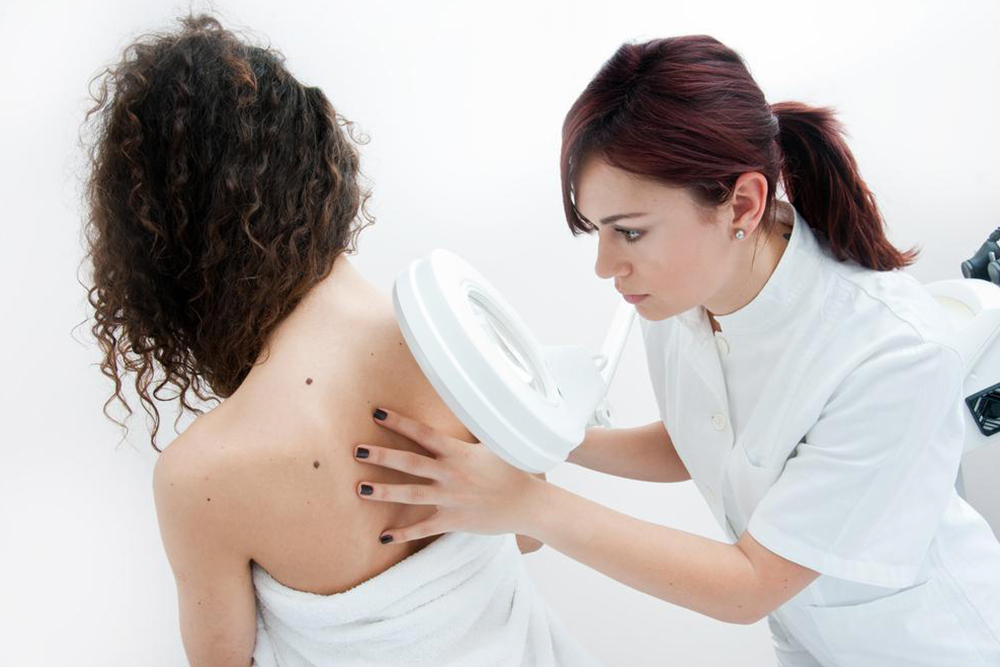Comprehensive Guide to Melanoma: Early Detection, Diagnosis, and Effective Treatment Options
This comprehensive article explores melanoma, focusing on visual identification, diagnostic techniques, and a wide range of treatment options from early surgery to advanced immunotherapy. It emphasizes prevention through sun safety and skin monitoring, aiming to educate the public on early detection and effective management strategies for this aggressive skin cancer.

Comprehensive Guide to Melanoma: Early Detection, Diagnosis, and Effective Treatment Options
Melanoma represents one of the most serious types of skin cancer, originating from melanocytes — the pigment-producing cells in the skin. As an aggressive form, it has the potential to spread rapidly if not diagnosed and treated promptly. Understanding how to detect melanoma early, recognize its visual signs, and explore the available treatment options is crucial for improving survival rates and outcomes. This article delves into detailed aspects of melanoma, including visual identification, diagnostic procedures, and the latest treatment strategies, aiming to educate and empower individuals in recognizing and fighting this skin cancer effectively.
Visual Identification and Sources of Melanoma Images
Recognizing melanoma can be challenging since its initial signs often resemble benign moles or skin irregularities. Reliable visual references are vital for early detection. Several reputable websites provide comprehensive images and guides to help differentiate between harmless moles and potentially dangerous melanoma lesions.
mayoclinic.org: A globally recognized health portal offering extensive images and descriptions of melanomas at various stages, emphasizing morphological differences and development patterns.
melanoma.org: A specialized resource dedicated solely to melanoma, providing visual aids to help identify abnormal skin growths, monitor their progress, and understand warning signs.
melanoma.gov: A government-backed site that shares a collection of images to assist both healthcare professionals and the public in distinguishing between benign moles and malignant skin lesions, promoting early detection efforts.
How Is Melanoma Diagnosed?
Accurate diagnosis is critical to effective treatment and prognosis. Dermatologists typically employ several biopsy techniques to confirm melanoma:
Excisional Biopsy: The entire suspicious lesion, along with a small margin of surrounding normal skin, is removed for comprehensive laboratory analysis. This method provides detailed insight into the depth and spread of the melanoma.
Punch Biopsy: A circular blade extracts a small, round tissue sample from the lesion. This minimally invasive procedure is useful when the lesion's borders are not clearly defined.
Incisional Biopsy: Only the most suspicious part of the lesion is sampled, especially if the lesion is large or difficult to remove entirely. This approach allows for targeted analysis without removing the entire growth.
Post-biopsy, pathology tests determine whether the lesion is malignant, its stage, and depth, guiding subsequent treatment planning.
Treatment Options for Melanoma
The choice of treatment depends on several factors including staging, lesion size, location, and overall health of the patient. Early-stage melanoma (Stage I and II) often requires less aggressive interventions, while advanced stages (Stage III and IV) demand comprehensive treatment strategies.
Early-Stage Melanoma (Stage I and II)
Surgical Excision: The primary treatment involves surgically removing the melanoma along with a margin of healthy tissue. This simple yet effective procedure can often cure localized melanoma if diagnosed early.
Later-Stage Melanoma (Stage III and IV)
Chemotherapy: Powerful drugs are administered orally or intravenously to target and kill cancer cells. While effective, chemotherapy is often used in combination with other treatments.
Radiation Therapy: High-energy beams are directed at cancer sites to destroy malignant cells, especially useful in cases where surgery isn't feasible or to control pain and symptoms.
Sentinel Lymph Node Biopsy and Removal: To assess spread, affected lymph nodes are identified and surgically removed. This step is crucial for staging and planning further treatment.
Immunotherapy and Biological Therapy: Innovative treatments that harness the body's immune system to recognize and attack melanoma cells. Examples include checkpoint inhibitors like pembrolizumab and nivolumab, which have shown promising results in advanced melanoma cases.
Emerging and Adjunct Treatment Modalities
Targeted Therapy: For melanomas harboring specific genetic mutations (such as BRAF mutations), targeted drugs like vemurafenib or dabrafenib are employed to inhibit tumor growth.
Clinical Trials: Patients may consider participating in clinical trials to access cutting-edge therapies and contribute to melanoma research advancements.
Preventive Measures and Skin Cancer Awareness
Prevention is key in reducing melanoma risk. Certain lifestyle and skin care practices significantly lower the chances of developing this formidable cancer:
Sun Protection Strategies: Regularly applying broad-spectrum sunscreens with high SPF — especially during peak sunlight hours — is essential. Wearing protective clothing, wide-brimmed hats, and UV-protective sunglasses further minimizes exposure.
Avoiding Tanning Beds: Artificial UV radiation from tanning devices dramatically increases melanoma risk. Limiting or eliminating tanning bed use is a crucial preventative step.
Self-Examination and Monitoring: Conduct routine skin checks to identify new moles or changes in existing ones. Use online visual resources to compare and recognize abnormal features. Immediate consultation with a dermatologist is advised if suspicious changes occur.
Maintaining Overall Health: A nutritious diet rich in antioxidants and regular exercise boosts immune health, enhancing the body's ability to fight off malignancies.
Early detection and prompt intervention can dramatically improve the prognosis for individuals with melanoma. Regular dermatological check-ups are recommended, especially for those with high-risk factors like fair skin, family history, or excessive sun exposure.





